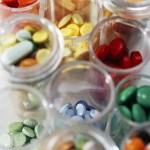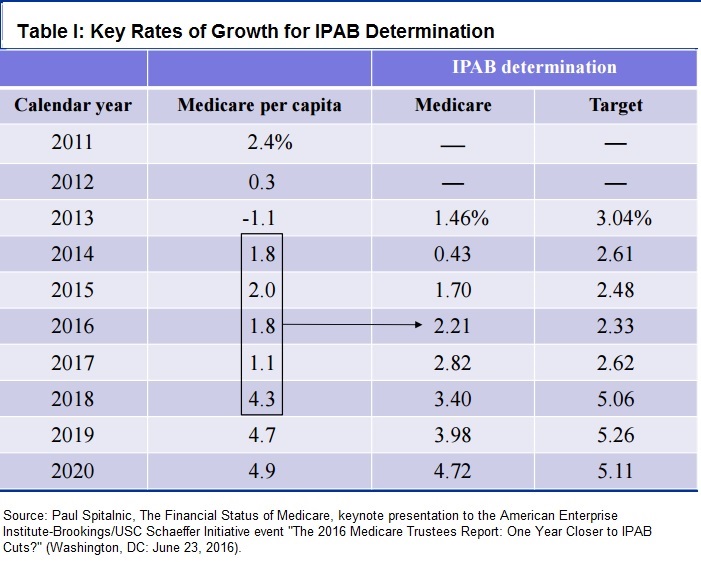CPI: Medical Prices Continue Upward March
 The Consumer Price Index for July was flat. Medical prices, however, continued their upward march, increasing by one half of one percentage point. If prices for medical care had been flat, the CPI would have declined by 0.1 percent. Prescription drugs, physicians’ and other medical professionals’ services, and health insurance stand out even within medical care.
The Consumer Price Index for July was flat. Medical prices, however, continued their upward march, increasing by one half of one percentage point. If prices for medical care had been flat, the CPI would have declined by 0.1 percent. Prescription drugs, physicians’ and other medical professionals’ services, and health insurance stand out even within medical care.
Over the last twelve months, prices for medical care have increased almost seven times faster than prices for non-medical items in the CPI. Price increases for medical care have contributed 40 percent of the overall CPI increase.
Many observers of medical prices decline to differentiate between nominal and real inflation. Because CPI is flat, even relatively moderate nominal price hikes for medical care are actually substantial real price hikes. Consumers are seeing no relief from high medical prices.





